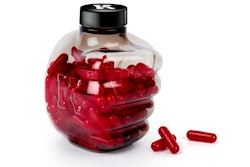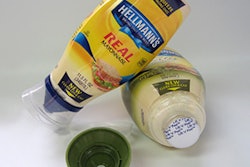
No more corked wine thanks to a patent by Labrenta, the leading Italian company in the production of cork and stoppers for wines and beverages worldwide. The cork is a result of research led by the company, based in Vicenza province, and the University of Trento.
The process “decontaminates” corks for the wine industry and eliminates the risk of attack by trichloroanisole (TCA), the chemical responsible for the cork taste and smell in the wine. The use of decontaminated corks represents an alternative for the bottling companies now using more expensive synthetic materials to avoid the risk of corked wine.
This cork is another example of the green philosophy of Labrenta. Since its beginning in 1971, the company has been producing caps for the beverage sector always using environmentally friendly technologies. Manufacturing processes curb CO2 emissions and limit the waste of energy and resources. All of that has led to reductions beyond 90% and an average saving of 405 kg of CO2 per day.
The new cork is also environmentally friendly by promoting “health care.” As a result of 10 years of research, Labrenta developed an alternative to micro-conglomerate corks containing substances considered potentially carcinogenic. The company created Sughera, a line of closures made from a mixture of thermoplastic materials but without polyurethane adhesives.
The new decontaminated corks are made of high-quality granina cork perfectly sterilized in order to remove all possible foreign contaminants. A particular compacting agent effectively allows cork particles to contact alcoholic liquids for long periods while preventing contact between the liquids and adhesives.

























